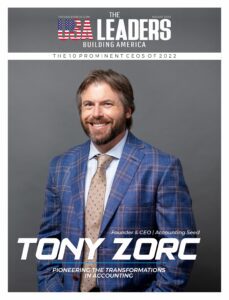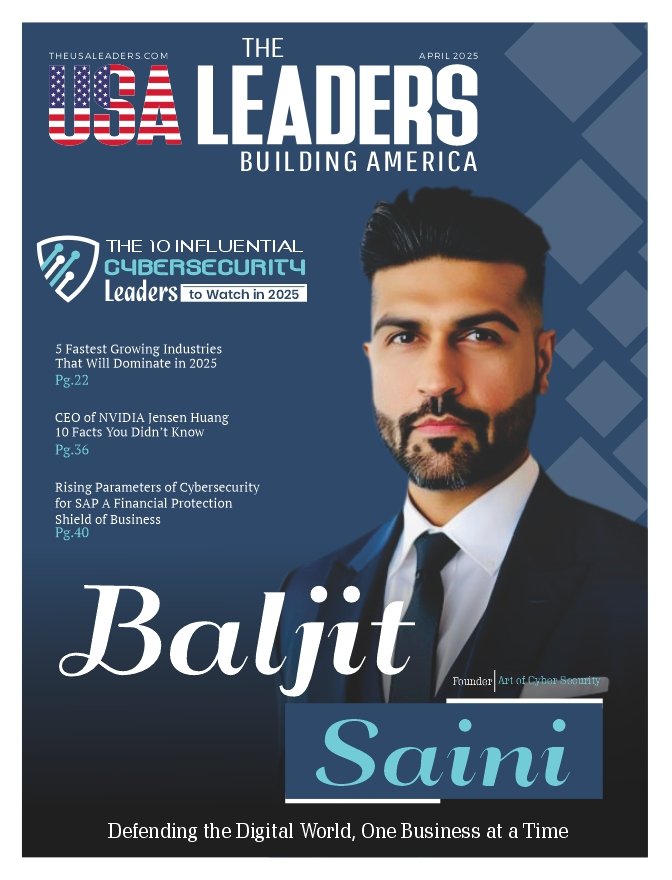For years, the corporate hiring playbook followed a predictable arc. Growth meant building a full bench of executives across every function, from finance to marketing to operations, whether the company needed them all at the moment or not. The assumption was that a bigger title roster signaled strength. Now, companies are questioning that logic. The shift isn’t about shrinking ambition — it’s about recognizing that sometimes the smartest move is to hire with precision instead of reflex.
Lean leadership models are stepping out of the “scrappy startup” stereotype and into boardrooms where mid-sized and even mature companies are rethinking who they actually need at the table. That change is being driven by a mix of tighter budgets, sharper strategy, and a labor market that rewards specialized skill over broad oversight. The result is a leadership layer that’s lighter on headcount but heavier on impact.
Right-Sizing Leadership For The Moment
One of the most common mistakes in executive hiring has always been timing. Bringing in a C-suite role too early can mean paying for leadership capacity you can’t fully use yet. On the flip side, waiting too long can slow growth because critical expertise isn’t in place. More companies are finding their sweet spot by looking at their growth stage with brutal honesty and hiring only what’s necessary for that exact phase.
Instead of locking into full-time roles that aren’t always fully utilized, companies are now experimenting with fractional and interim executives who can drive major and significant initiatives without becoming permanent line items. These arrangements give companies access to top-tier experience without the long-term overhead, allowing them to pivot faster when their needs change. It’s not a stopgap — it’s a strategic decision to keep leadership aligned with business reality instead of ego.
The Rise Of Flexible Finance Leadership
Finance is one of the clearest areas where this trend is playing out. Traditionally, hiring a CFO signaled a company had reached a certain maturity, whether or not the complexity of the business truly required it. Now, leaders are questioning that assumption and instead seeking targeted financial expertise that matches their current operations. That’s where contract CFO services have become a growth lever, not a compromise.
These professionals can step in for specific projects, like preparing for funding rounds or restructuring budgets, and step out when the job’s done. The benefit isn’t just cost savings — it’s the ability to plug in exactly the level of expertise you need without overbuilding the team. In many cases, these fractional arrangements become long-term partnerships where the company and finance leader know each other’s rhythms but keep the relationship flexible.
This isn’t about skimping on financial oversight. It’s about acknowledging that a nimble approach often delivers better insights and faster execution because the role is laser-focused on the current goals rather than stretched across every possible function.
Specialized Roles Over Generalists
The old corporate mindset often treated executives as broad overseers who could manage large swaths of responsibility. That model still works in certain cases, but more companies are looking for targeted expertise that can move the needle in very specific ways. Hiring someone with deep knowledge of supply chain resilience, data privacy, or customer lifecycle strategy can have a greater impact than a general operator overseeing multiple departments.
The payoff is sharper execution and fewer internal bottlenecks. It also changes the culture — employees see leadership not as a layer of broad authority but as a group of specialists they can go to for high-impact decisions. While that can mean more voices in the decision-making process, it also means those voices are speaking from deeper knowledge.
Rethinking The CEO’s Inner Circle
The ripple effect of this hiring shift is most visible at the top. CEOs who once relied on a full suite of VPs and C-level peers are now surrounding themselves with a smaller group of high-impact operators who can expand or contract their involvement depending on the business cycle. In some cases, this means bringing in executives on a project basis to overhaul a function, then transitioning them to an advisory role.
This beautiful setup allows CEOs to build a much-need and trusted talent bench without the permanent payroll weight. It also creates a more dynamic flow of ideas, as new leaders can be brought in for fresh perspectives without displacing long-term team members. It’s less about hierarchy and more about curating the right expertise at the right time.
Why The Controller Role Is Getting New Attention
Outside the C-suite, some leadership positions are quietly becoming more influential. Controllers, for example, are being tapped not just for oversight of accounting operations but as key voices in strategic planning. Understanding what a controller does has taken on new importance as companies look to tighten their financial discipline without adding unnecessary executive layers.
Controllers can serve as an essential bridge between the finance strategy set at the top along with the operational realities that are on the ground. Their involvement often means cleaner reporting, better budget adherence, and a more accurate picture of performance metrics. As with other roles, companies are realizing they can elevate the responsibilities of these positions without automatically upgrading them to C-suite titles. It’s a reminder that influence in a company doesn’t always match the size of the title.
Closing Perspective
The corporate leadership playbook is being rewritten in real time. Companies that once measured strength by the size of their executive roster are finding that precision often outperforms volume. Building a lean, targeted leadership team isn’t a retreat from growth — it’s a way to keep decision-making sharp, resources focused, and teams aligned with actual needs instead of outdated assumptions.
In the end, leadership that fits the moment often outlasts leadership hired for the optics.





















